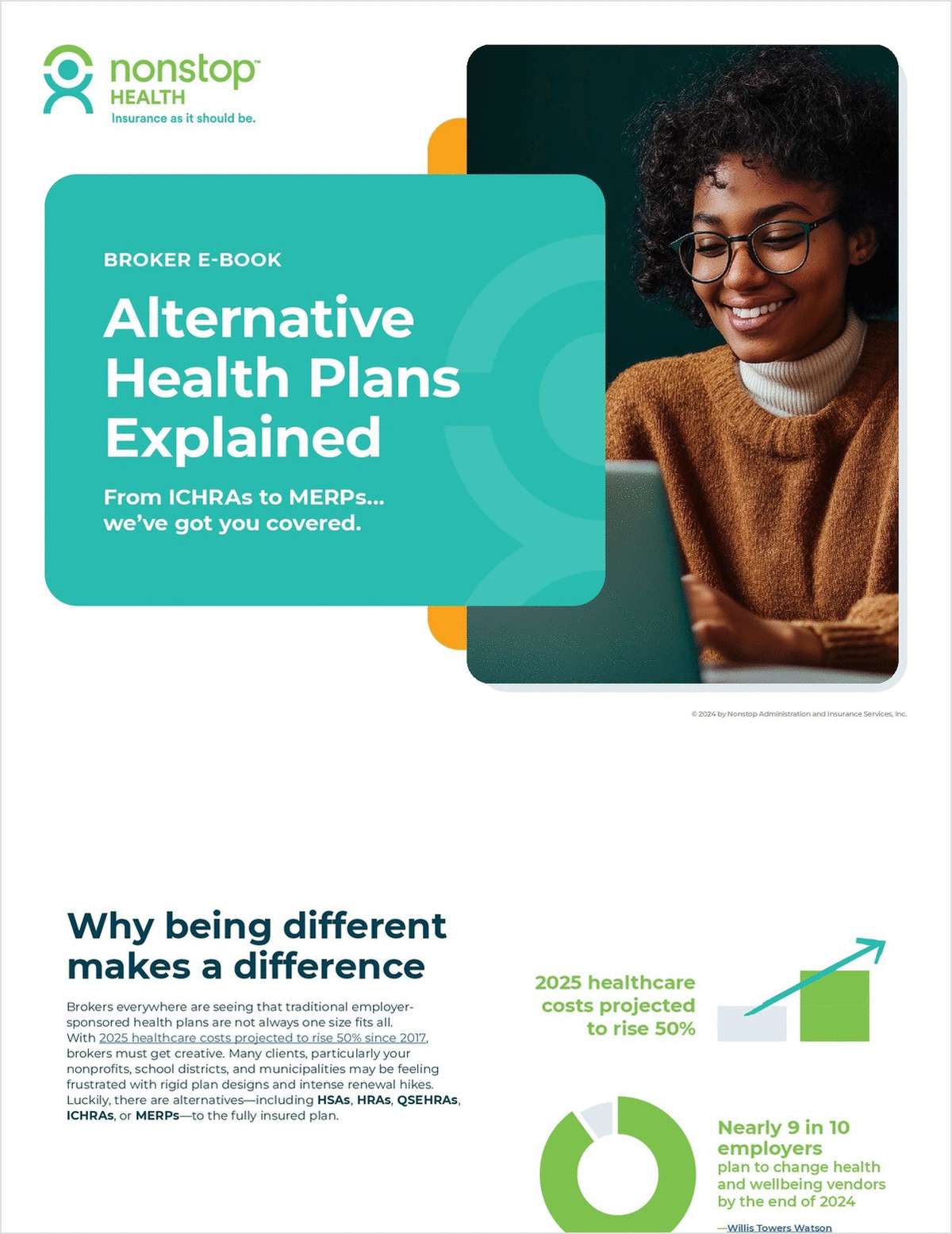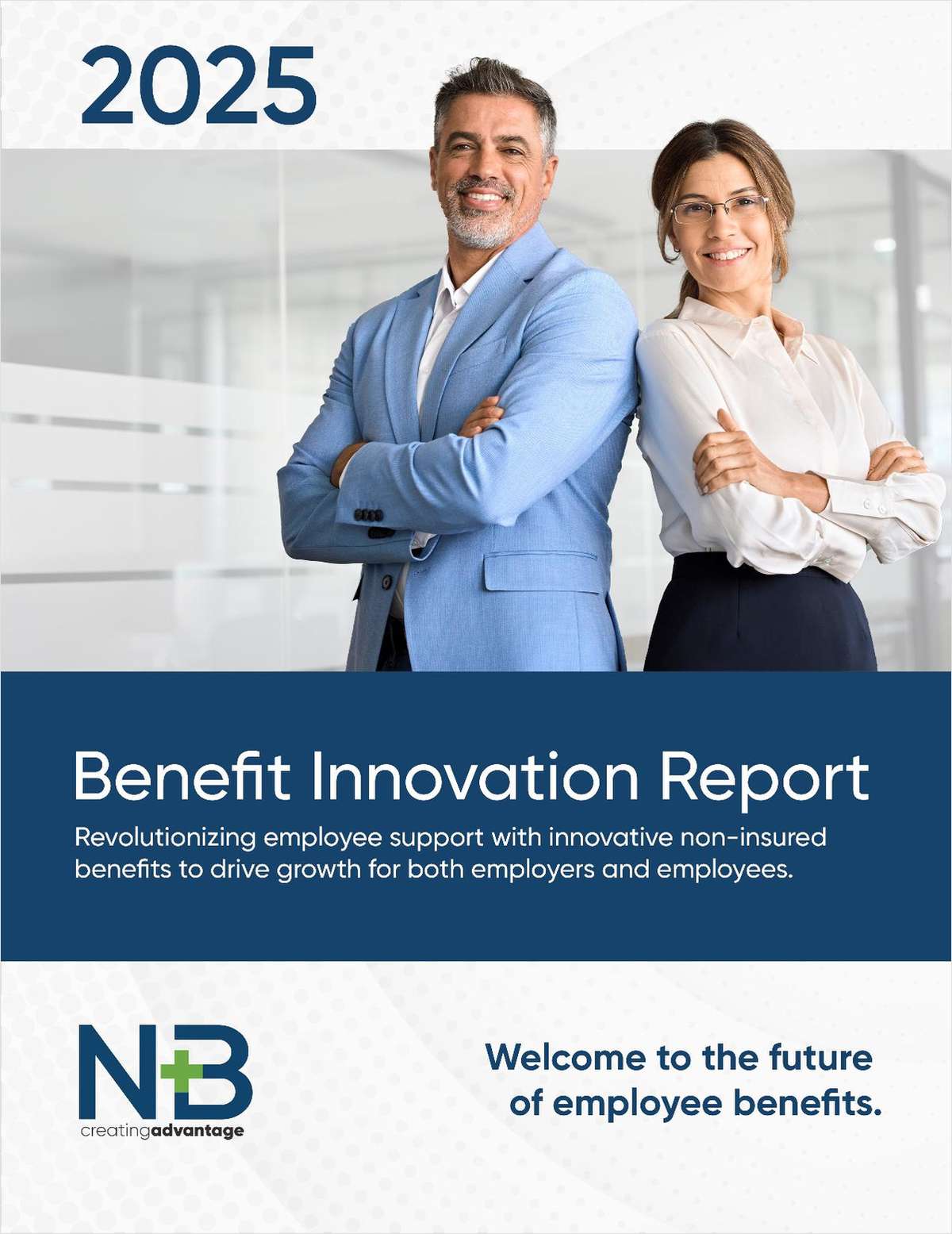
Based on Bright Plan's 2022 Wellness Barometer Survey on the state of employee well-being, 72% of employees report they are stressed about their finances—which has affected workers' mental and physical health and workplace productivity. In addition, an estimated 43.5 million individuals carry federal student loans in the United States.
In today's competitive job market, businesses are constantly seeking effective strategies to attract and retain top talent. Financial wellness programs have emerged as a game-changer, providing a crucial solution to this challenge. Among the pressing issues employees and employers face is the savings gap, which poses significant barriers to long-term financial security. A recent survey by Aon found that employees were most commonly stressed about their day-to-day finances and the threat of inflation, rather than their long-term retirement savings.
With the passing of SECURE 2.0 earlier this year, it's easier and more cost-effective than ever for employers to implement workplace savings programs. This article will explore how financial wellness programs address this gap, as well as highlight the benefits these programs can have on your business.
Complete your profile to continue reading and get FREE access to BenefitsPRO, part of your ALM digital membership.
Your access to unlimited BenefitsPRO content isn’t changing.
Once you are an ALM digital member, you’ll receive:
- Breaking benefits news and analysis, on-site and via our newsletters and custom alerts
- Educational webcasts, white papers, and ebooks from industry thought leaders
- Critical converage of the property casualty insurance and financial advisory markets on our other ALM sites, PropertyCasualty360 and ThinkAdvisor
Already have an account? Sign In Now
© 2024 ALM Global, LLC, All Rights Reserved. Request academic re-use from www.copyright.com. All other uses, submit a request to [email protected]. For more information visit Asset & Logo Licensing.








